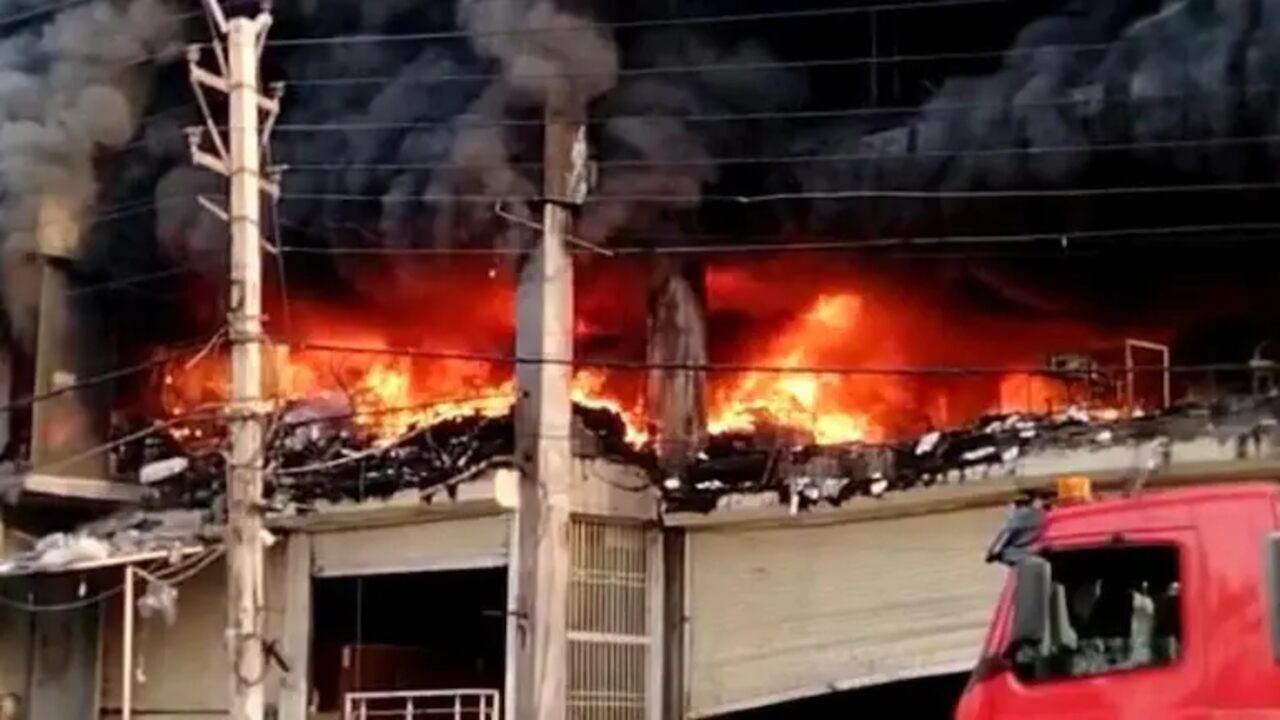Missing solution

The Mundka fire tragedy is a tough to swallow incident. Until now, 27 persons — including 21 women — have been reported dead, with 29 more missing. Delhi has witnessed a fire of such magnitude after nearly three years. In December 2019, the Anaj Mandi fire had killed 44 people — which was reminiscent of the deadly 1997 Uphaar Cinema fire which had killed 57 persons then. However, in between, there have been countless fire incidents, claiming lives in scattered numbers. The ruckus that followed the incident was almost unavoidable. There has been strong criticism of the government, flags have been raised over the living and working conditions of informal sector workers, compensations are announced and political parties are taking up the issue. Amid this customary ruckus, what is missing is the sense of solution. Fire incidents are indeed regular phenomena in Delhi. But for a particular incident to grab national headlines and stay in public discourse for an appreciable time period, it has to be as big as the Uphaar or Mundka incident. This lack of seriousness in the discourse is the root cause behind the absence of a comprehensive solution. The essential question is on what should the discourse be centered around? The flags raised over the Mundka incident can be generalised to a certain extent. The 4-storey building in which the fire took place had only one entry-exit point. It won't require much substantiation that such a building is not an oddity in the national capital. More crucially, the building did not have a No Objection Certificate (NOC) and neither had the owners applied for one. It will again be a grave fault to stick our imagination to a particular building. A fully constructed and functioning building was left unmonitored for an NOC. Here, lack of proper monitoring mechanism poses very serious questions. Certainly, we do not need lethal fires to expose such inadequacies; it has to be done systematically, in a consistent manner. Behind these visibly tangible reasons, lie more structured and abstract ones that are hard to tackle. Vulnerability to fire incidents is one among the many externalities of poor living conditions of informal workers in metropolitan cities like Delhi. A quick retrospection of recent fire incidents in Delhi would show that such mishaps occur in segregated clusters where constructions defy the basic tenets of planned infrastructure. More problematic is the fact that in many instances, the lines between industrial and residential clusters get blurred — putting people in a persistent risk round the clock. In the present case, certain arrests — including that of the building owner — have been made and law will take its due course. But, considering that fire incidents in Delhi have been a recurring phenomenon, solutions with strategic depth will have to be designed and implemented. It may be pertinent to ponder upon what are the factors that obstruct the streamlining of development planning in industrial and commercial belts. Firstly, construction in such areas — driven by the flux of laborers looking for cheap settlements — is inherently flawed. Then, there appears to be a lack of political mobilization of the class that is already highly fragmented internally. While stricter implementation of rules and regulations is the desired course, political awakening appears to be one of the factors that could serve as motivation for change. Acceptance of non-uniformity and inequality in living and working conditions is a toxic thing for society; at least a movement towards establishing basic safety standards and protocols will have to be initiated. Worryingly, the Working People's Association (WPA) — an organization representing informal workers — has suggested that rather a negative development is unfolding. It said that the Centre's Occupational Safety, Health and Working Conditions Code, 2020 — which is in the pipeline — would further remove any oversight and inspection by labor departments. Compensation offered in the present case will serve as a relief to the surviving family members of the deceased persons but can hardly be called a solution. Law should take its due course and culprits be brought to book in order to set a strong deterrence but even that would be merely justice, not solution. To figure out a solution, governments need to sit with the informal class of workers, figure out what factors make them vulnerable to such incidents and chalk out a comprehensive solution that would dilute the risk of fire incidents and mitigate the impact in case those occur.



